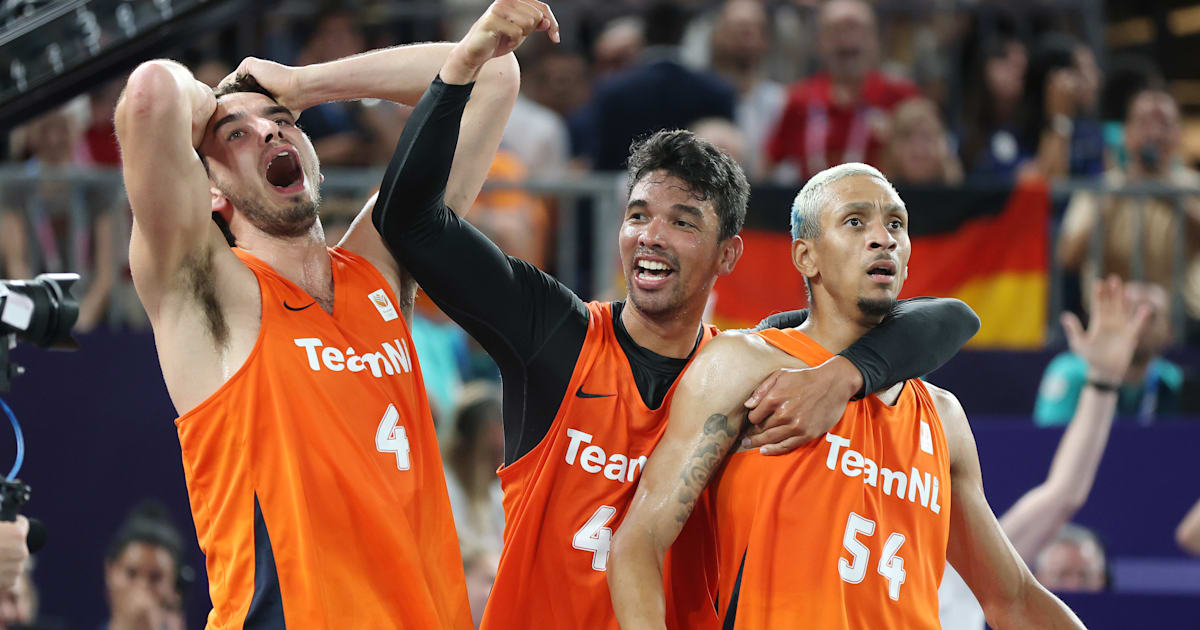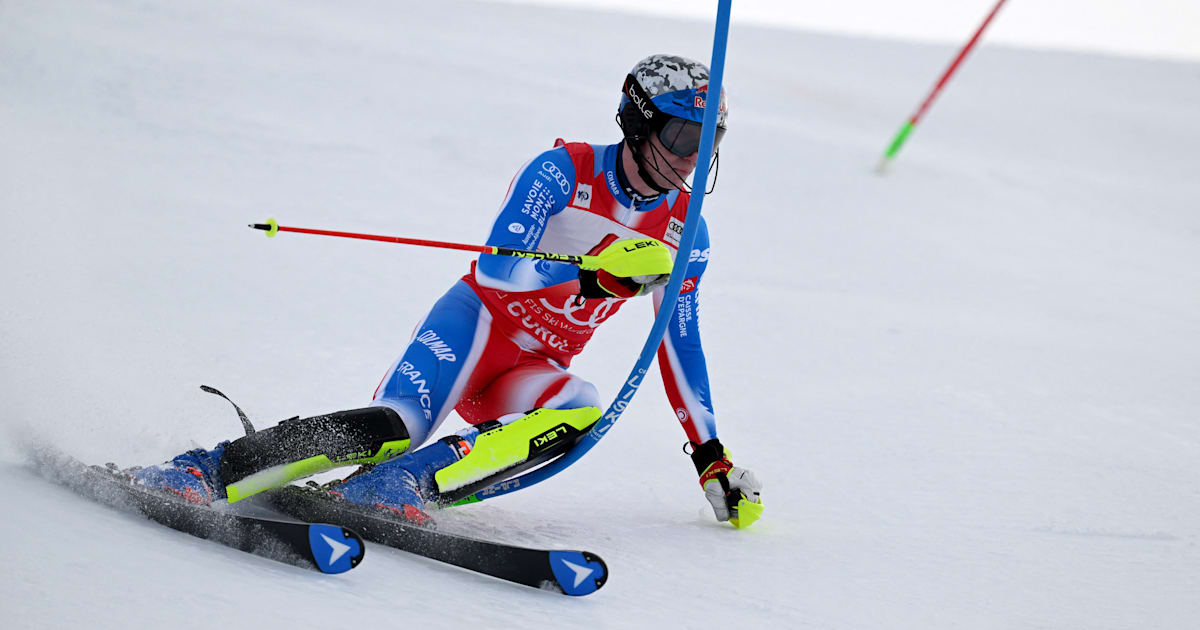World
The E Street Band Wants the World to Hear Bruce Springsteen’s ‘Electric Nebraska’

The biggest, glossiest album of Bruce Springsteen‘s career, 1984’s Born in the U.S.A., has a shadowy, equally classic twin — the lo-fi, solo-acoustic Nebraska, released two years earlier. The albums are inextricably linked, beginning with the fact that multiple Born in the U.S.A. tracks — the title song, “Downbound Train,” “Working on the Highway” (via an earlier song called “Child Bride”), and the B-side “Pink Cadillac” — were originally part of the acoustic demo sessions that ultimately became Nebraska. The first sessions for Born in the U.S.A., in early 1982, started as efforts to record full-band versions of the Nebraska songs; Springsteen and the E Street Band did so for eight out of the ten tracks on that album, minus “My Father’s House” and “State Trooper.”
In new interviews with our Rolling Stone Music Now podcast for the 40th anniversary of Born in the U.S.A., two E Street Band legends — drummer Max Weinberg and keyboardist Roy Bittan — look back at recording that album, as well as their efforts to record the Nebraska material. Some highlights follow; for much more, check out the whole podcast on Apple Podcasts or Spotify, or just press play above.
The first E Street Band rehearsal of the Nebraska material was in Roy’s living room. What do you remember about that and then the eventual studio sessions?
Roy Bittan: I had a very contemporary home. My living room was literally wood, brick, and huge glass windows. And so we set up in there, and the sound was fantastic. We went through a bunch of the Nebraska songs, preparing to go into the recording studio. And my recollection was that the versions were really fantastic. Of course, I haven’t heard them since, I think, 1981. So I could be totally wrong about that.
We did go in the studio at some point after that, and we tried recording [that material], but you know, Bruce had caught something very unusual, just purely by using the Tascam that he did in his room — the intimacy of it and being by himself. And as usual, when you make a demo, the recording process is always “beat the demo.” Even if those recordings were excellent, and could have comprised an album. I think the vibe that he had on his little cassette was something to reckon with. In the end, it turned out that he chose what he did in his bedroom. But I’m dying to hear the recordings from the studio… It’s eluded us. Maybe, Bruce, at some point, will get into that.
Max Weinberg: He had all the songs on the demo that he played for everybody, which was Nebraska. And also “Working on the Highway.” I remember working up “Working on the Highway” very similarly to the way it came out on the Born in the U.S.A. record. And I remember it was Steve’s idea to do the drum part that I did. I used to record all of our rehearsals on a professional Walkman, and I have that all on tape, including [the eventually released outtake] “Murder Incorporated,” which was on that tape… I remember recording all of that [Nebraska] material and it was very much in the E Street Band style and very similar to what we do now when we play those songs, and it was great. And it was a rock record… [Springsteen’s manager/producer] Jon Landau, during the writing of [Nebraska], suggested that I listen to John Wesley Harding, the Bob Dylan record. And he said, Bruce seems to be going more in this kind of direction. And there were some takes like that, with brushes, just a bare minimum rhythmic approach. And there were also rock versions of [some of] the Nebraska material.
At some point, the 1982 sessions shifted into recording what became eight of the twelve songs on Born in the U.S.A. How clear was that shift?
Weinberg: I can recall one night, there must have been a discussion with Steve and Jon and I guess [producer] Chuck [Plotkin] in a little lounge at the Power Station. And Bruce came out and said “Boys, we’re going to try something different.” And he had all these other songs that he’d sit in the corner and work on a little bit. We’d come in, and that became eight of the 12 songs that ended up on the finished record. And of course, we recorded probably 60 or 70 further songs over the next 14 months or so in various configurations in the studio.
Bittan: What I remember, strictly from my narrow point of view, was that I decided that I would try and introduce synthesizers. I came into the studio with a Yamaha CS-80, which did not engender a lot of warmth from the rest of the band. [laughs]
You said when you brought that synthesizer in, it was like you killed someone.
Bittan: It was a funny thing, because synthesizers were being used so much in pop music at that particular moment that there was a reactionary effect of seeing one of those things in the flesh, But for me, being the instrument in the band that I think was the most interpretive of his songs. I recognized that synthesizer could very possibly just broaden the landscape for him in creating a backdrop for his lyrics. When you’re talking about Bruce, you have to remember that he’s a poet. But that for me was the start of Born in the U.S.A. I think I played a lot more synthesizer on that album that I did actual piano.
What stands out in your memories about recording the “Dancing in the Dark” video, some of which was during a concert in St. Paul, Minnesota?
Bittan: Oh yeah. A big theater. And Courteney [Cox]. It was an interesting approach and something different for us. The way it was staged was not probably quite our wheelhouse, but certainly had made a great impression on MTV. I think, of course, the song was so great that we probably could have done any number of different videos and had the same result.
Weinberg: Most of it was recorded before the concert. It was recorded the night before, as a real Hollywood sort of production. They brought in about 500 people, and we did it over and over again. I had headphones on, because I was playing to the song. And during the show, they did it again, with a full audience. Courteney Cox was there. We must’ve played it 15 or 20 times in a row. Basically we did the concert, and we stopped, and Bruce announced to the audience, “We’re going to make a video.”
The next video we did was “Born in the U.S.A.” And that was done, I think, at the L.A. Sports Arena. And Bruce made a real point of telling everybody, “Don’t shave. Don’t try to play to the record. Almost to the point of, “Don’t shower! I want this to look so garage-band-looking.”
Download and subscribe to Rolling Stone‘s weekly podcast, Rolling Stone Music Now, hosted by Brian Hiatt, on Apple Podcasts or Spotify (or wherever you get your podcasts). Check out six years’ worth of episodes in the archive, including in-depth interviews with Mariah Carey, Bruce Springsteen, Questlove, Halsey, Neil Young, Snoop Dogg, Brandi Carlile, Phoebe Bridgers, Rick Ross, Alicia Keys, the National, Ice Cube, Taylor Hawkins, Willow, Keith Richards, Robert Plant, Dua Lipa, Killer Mike, Julian Casablancas, Sheryl Crow, Johnny Marr, Scott Weiland, Liam Gallagher, Alice Cooper, Fleetwood Mac, Elvis Costello, John Legend, Donald Fagen, Charlie Puth, Phil Collins, Justin Townes Earle, Stephen Malkmus, Sebastian Bach, Tom Petty, Eddie Van Halen, Kelly Clarkson, Pete Townshend, Bob Seger, the Zombies, and Gary Clark Jr. And look for dozens of episodes featuring genre-spanning discussions, debates, and explainers with Rolling Stone’s critics and reporters.

/cdn.vox-cdn.com/uploads/chorus_asset/file/25744323/Palma_Hero_2.jpg)






